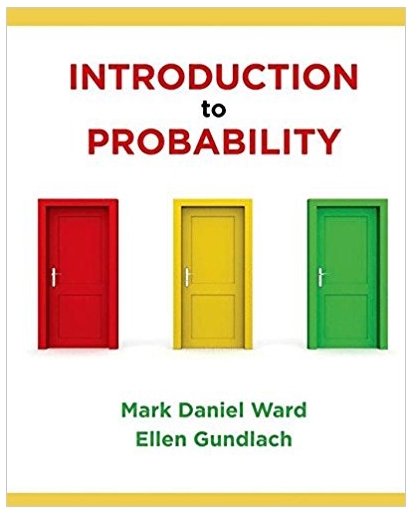Question
LFB and Foxy are acting as lookout as Doggie and Flopsy enter the building. Standing on one side of the building, LFB is squinting through
LFB and Foxy are acting as lookout as Doggie and Flopsy enter the building. Standing on one side of the building, LFB is squinting through the darkness trying to see when she hears a rustle. Then another one, then another one, coming ever closer. Not wanting to raise the alarm prematurely, LFB holds still, but when she hears another rustle only meters from where she is, she whistles, giving the signal. Foxy dashes around the building as quickly as she can, just in time to see the bushes near LFB part. She catches a hasty glimpse as three very large shapes -- bears? dogs? something else? -- jump out at LFB. Startled, LFB whistles as loud as she can, but it is abruptly cut off by one of the animals covering her mouth. Forgetting her normal shyness, Foxy shouts "stop!" as loud as she can and charges at the two creatures. She growls at them, surprising herself, and they turn. She trembles: one of them is the largest bear she has ever seen, but it's too late to go back now. She growls again, and then the bear rushes at her and hits her and she is knocked unconscious. After a short and frightening journey through the dark, LFB and Foxy are put into a small, bright room. LFB is relieved to see Foxy start to stir after a moment she hasn't been hit that hard and the two of them cuddle together in fear. The room they are in looks like a library, but it has very large chairs and books. LFB has to jump just to get down from the high sofa and reach the door handle. It is locked. There is a small window in the door, too high for either of them to reach. Eventually they notice that different people keep looking through the window; it appears that the people are taking turns watching them. The monitoring shifts are shared between three people: a bear who is so large that only one eye fits in the window at a time, a horse (or possibly unicorn?) of some sort, and what might be a hippo or rhinoceros. Not having anything better to do, Foxy and LFB keep track of how long each person spends watching them before the next person takes over. Q1 [20% of total mark] After 60 shifts (20 from each person), LFB wonders if there is a difference between the three people in the amount of time they spend watching on average per shift. The tibble ds, which has been loaded for you in the R Markdown document and is described in Table 1, contains the information about the shifts that LFB and Foxy have gleaned. Page 4 of 12 Q1a. Create a bar plot showing the mean length of time spent watching per shift: there should be three bars, one corresponding to each person. Each bar should be outlined in black and have error bars corresponding to the standard error. The colour of each bar should be semi-transparent and be different for each person, using a sensible palette of your choice. Individual data points should be included and follow the same colour scheme as the corresponding bar, and both bar and individual data points should be visible. There should be no legend. Title and label the axes appropriately (you don't need a subtitle). Make sure your figure shows in the knitted document. Q1b. There are two main assumptions you need to test before implementing the analysis in Q1c below that addresses LFB's question. Evaluate each of these assumptions and report the results. (It does not matter what order you test them in). For each assumption, be sure to explicitly state what assumption you are testing, the name of the test you did to evaluate it, the results including the stats reference, whether the assumption was violated, and how you could tell. [Suggested word count: 90] Q1c. Based on your results in Q1b, run the appropriate statistical test to evaluate whether there is a significant difference between the three people in the length of time spent watching. Report your results. Be sure to mention which statistical test you used and why (given your results in Q1b), the predictor and outcome variable(s), the appropriate stats reference, and its interpretation in terms of the research question. You should also report and interpret effect size. [Suggested word count: 80] Q1d. Regardless of whether your results in Q1c are significant or not, run post-hoc tests. Report on the result, clearly indicating which differences are significant (if any) along with their corresponding p-value and an interpretation of what that means in terms of the research question. [Suggested word count: 40]
Step by Step Solution
There are 3 Steps involved in it
Step: 1

Get Instant Access to Expert-Tailored Solutions
See step-by-step solutions with expert insights and AI powered tools for academic success
Step: 2

Step: 3

Ace Your Homework with AI
Get the answers you need in no time with our AI-driven, step-by-step assistance
Get Started


